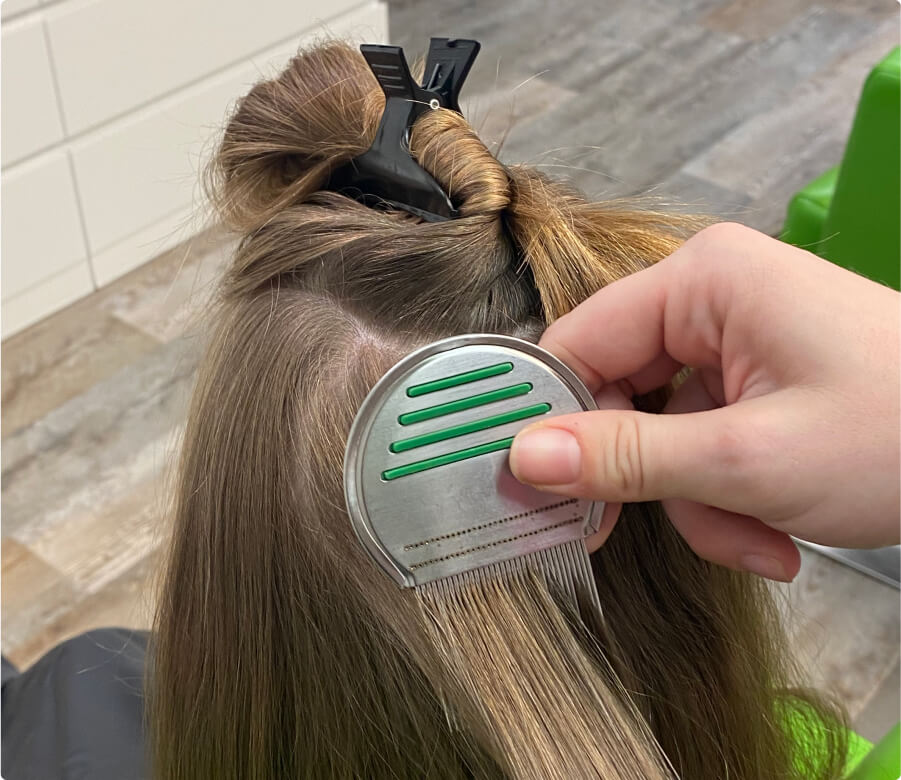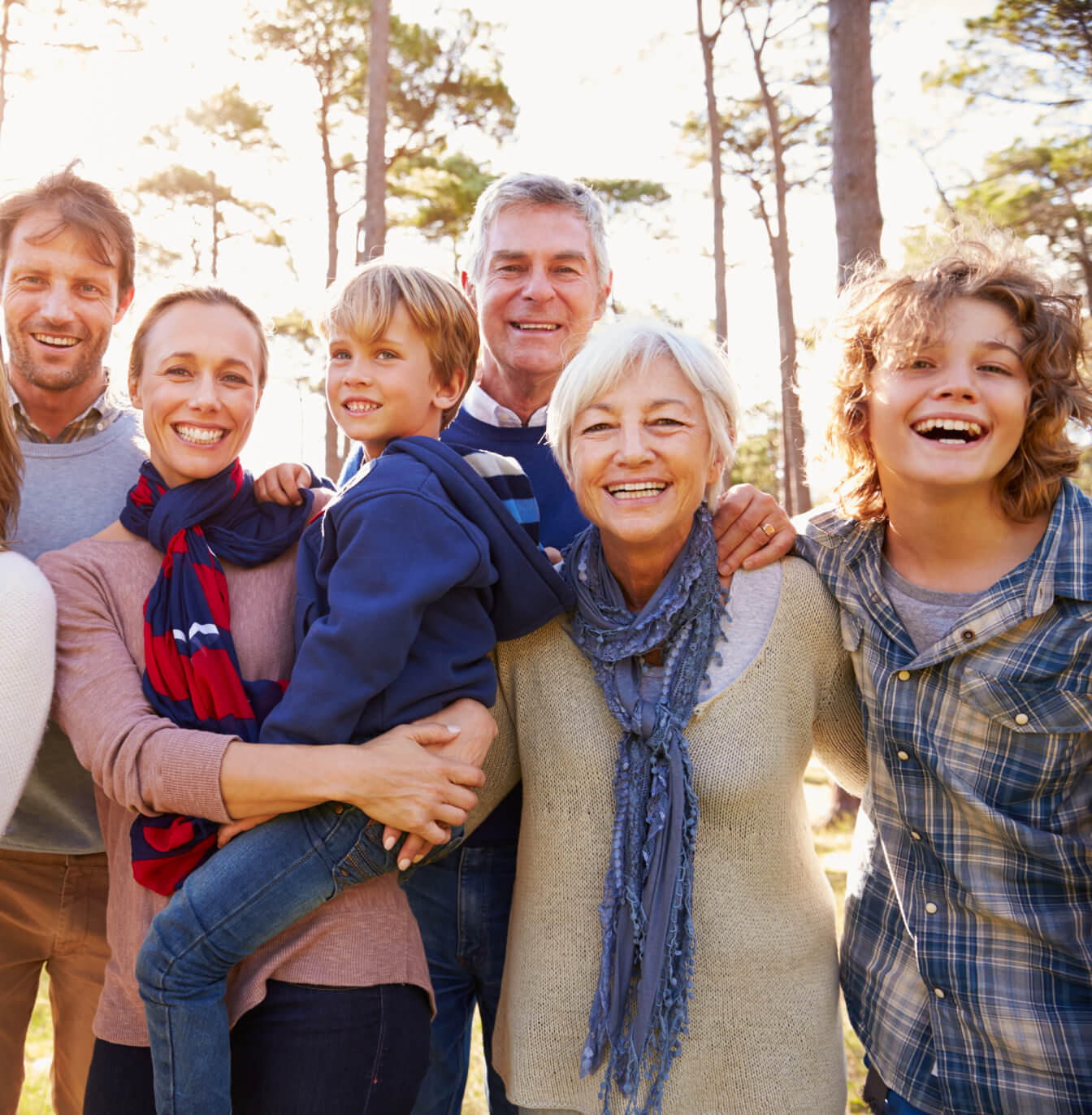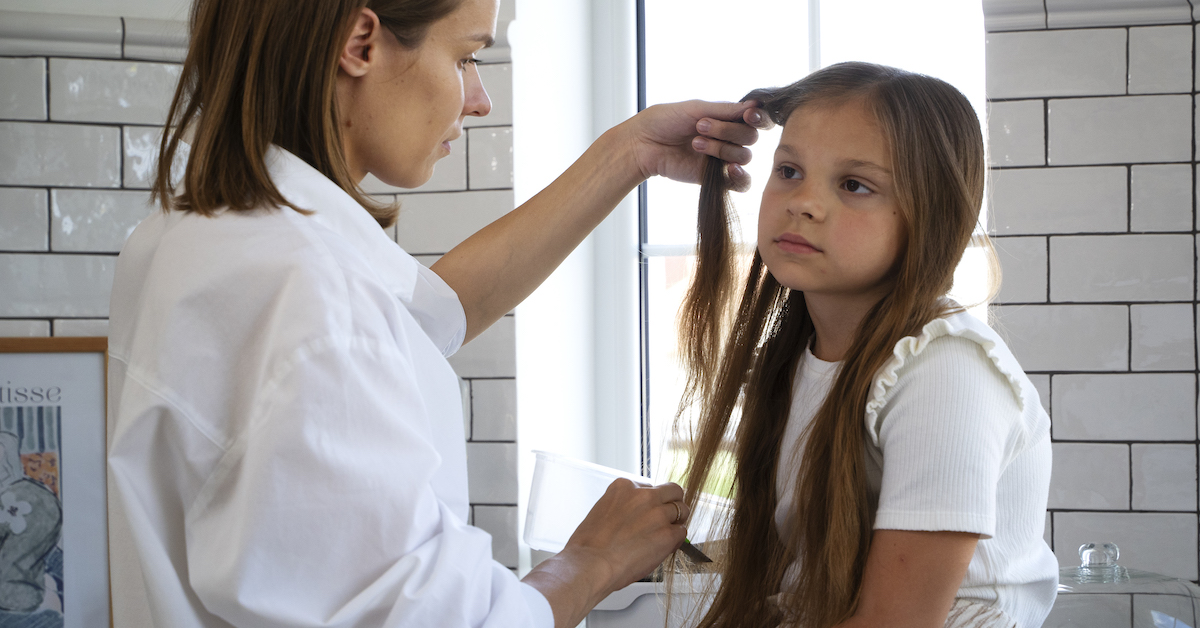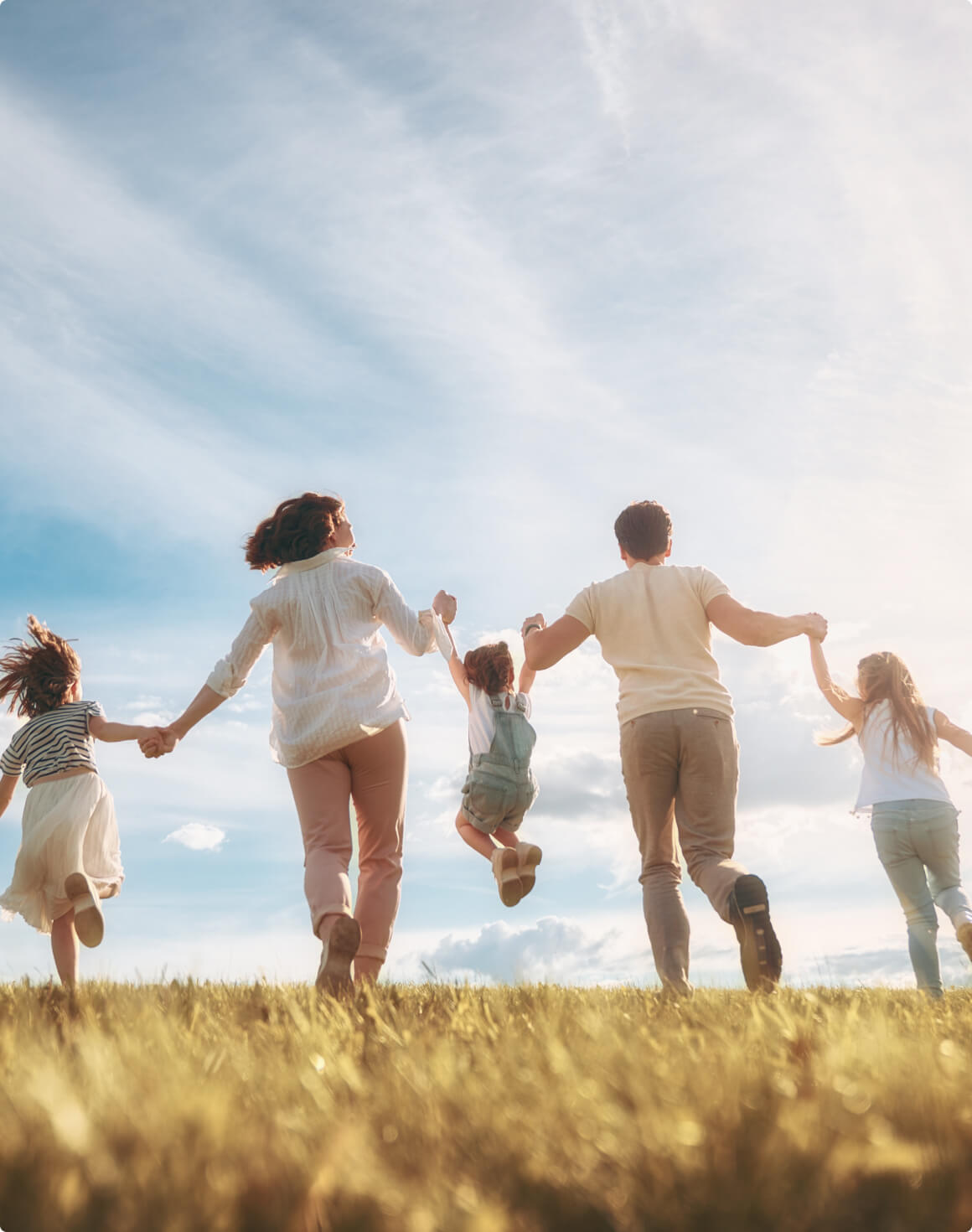Comb-Out Treatment
Comb-outs are the recommended treatment option for children under four and those for whom the Lice Tech treatment is contraindicated. The Lice Clinics offers a safe and friendly comb-out experience for children free of toxins and harsh chemicals.

The Best Lice Removal Option for Young Children
When performed by professional clinicians, comb-outs are a highly effective way to remove stubborn lice and nits attached to hair follicles. The Lice Clinics offer a coordinated comb-out service that combines clinical support with at-home treatment.
- Purchase our DIY kits for complete lice eradication in ten days
- Apply non-toxic oil treatments on days 1, 5, and 10


Find a location near you
No more online research or treatment guessing games. Our Head Lice Removal Package offers a comprehensive solution for complete lice removal. Find the nearest office to you and book an appointment today!
Learn MoreResources
From prevention to treatment, we’ve got you covered. Explore our resources and stay one step ahead of lice.

Lice Treatment for Different Hair Types: Customizing Care for Optimal Results
Lice infestation is a common problem that affects people of all ages and hair types. However, treating lice can be a challenging task, especially if you have a unique hair type. Different hair types have varying densities, textures, and lengths, which require different lice treatment methods to achieve optimal results. In this blog post, we will discuss lice treatment for different hair types, and how you can customize your care for the best possible results.
Learn More
What Are The Symptoms of Head Lice?
An itch here and a scratch there can seem like nothing at first. A few days later you notice that the scratching is becoming more frequent and seems as if it’s gradually getting worse. You might notice some raised patches of skin around your hairline and your first thought might be that you’re having a reaction to a recent hair care product you used.
Learn MoreFAQs
How can I tell if my child has lice?
Head lice can be seen by the naked eye but it can be very difficult. Adult lice will be the easiest to spot because they are the biggest. But at the size of a sesame seed, they still aren’t that big.
Head lice are most commonly found on the scalp, behind the ears and near the neckline at the base of the head. Symptoms include a tickling sensation or feeling something moving through the hair.
It's after hours and I just realized my child has lice. What can I do?
Call or send us a text at 864-484-7087. If a technician is available to answer immediately, they will. Otherwise, someone will call the next morning. In the meantime, we wouldn’t recommend any drastic moves, without talking to us first. Pull your child’s hair back and make sure no one in the family goes head-to-head with each other. It’s not going to get much worse overnight- so let everyone get a good night’s sleep and tackle it in the morning. We definitely don’t advise you to stay up late washing laundry, applying a DIY clinic from the pharmacy, or searching the internet for advice. You’ll be doing a lot of needless work.
Where do lice come from?
Head lice have been around for millions of years and dried-up lice and their eggs have been found on the hair and scalps of Egyptian mummies! Head lice do not come out of the air or from the ground. They are human parasites that feed on blood and travel from one head to another. Head Lice are uniquely adapted to be on a human head. They would never choose to come off of a head and onto a pillow, hat, chair, etc.
How do lice spread?
Head lice can be spread whenever there is direct head-to-head contact with an infested individual. Lice may also be transmitted by items such as hats, hair ties, scarves, pillows, etc. However, this type of transfer is probably quite rare.
How can I treat my home for head lice?
The great news is lice are not environmental, like fleas or bedbugs. They do not invade your carpets, curtains, mattresses, etc like we grew up hearing. Lice are dependent on a human head to stay alive.
After a successful head lice treatment, we recommend a couple of precautions. Sheets should be washed in hot water and placed in a high-heat dryer for 40- minutes. Brushes, hairbands, etc can be cleaned out and placed in the freezer overnight.
If there were a certain place on the couch where an infected person always sits or a car seat cover that worries you, you can either lint roll it, spot vacuum it, or take the cover off and throw it in the dryer for 40- minutes.
Otherwise, your house is not an issue at all-and, thankfully, neither are your pets!
How can I prevent head lice?
This can be tricky. Head lice are so prevalent today that it can be difficult to avoid. Hair pulled back in a braid or a bun is a helpful deterrent. Spraying hair with an essential oil scent, such as peppermint spray, is another deterrent. Knowing that head lice are spread primarily through head- to- head contact, it makes sense to talk to your children about how they can limit their heads or hair touching friends’ heads or hair.
Only a small percentage of cases are transferred by secondary objects, but it still is wise not to share brushes, hats, scarves, etc.
